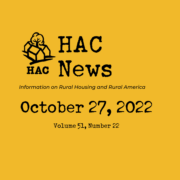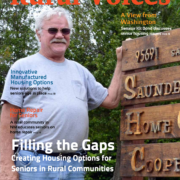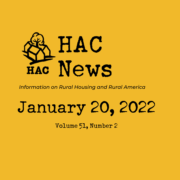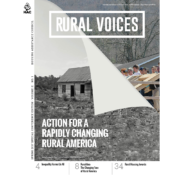Discussion Paper, Policy
RURAL HOUSING AND PUBLIC POLICY
 Continue the Discussionby Joe Myer, NCALL Research, DE
Continue the Discussionby Joe Myer, NCALL Research, DE
Background
Rural areas are often at a disadvantage when addressing housing and community development needs because they experience lower median incomes than cities and suburbs, more substandard housing, substantial affordability gaps, less housing infrastructure and capacity, and minimal access to resources, financing, and capital. Also, politically, rural areas can be viewed as less important because of their smaller, more dispersed populations. Yet their needs are often greater or different, and affordable housing can be more difficult and sometimes more costly to deliver because of the above conditions. USDA has been the primary source of rural housing assistance for decades; however, in recent years the agency has not made its housing programs a priority, and budgets and attention have suffered. Each year Congress has had to save Section 502 direct, self-help housing, farm labor housing, and other programs. Meanwhile financing for new rental construction and rental assistance has disappeared, at a time when affordable rentals are in demand. USDA’s fine, well-proven, and cost-effective housing programs are at risk from year to year. In addition, HUD pays attention to rural only sporadically.
Issues, Challenges, and Opportunities
Given the disparity between needs and resources, it has become increasingly difficult to ensure that adequate state and federal resources are allocated for rural housing and community development. Yet affordable housing, and particularly rural housing, competes with many varied interests for local, state, and national attention and resources.
To assure adequate, sustainable resources for ongoing program operations and housing financing, decision and lawmakers and federal and state agencies must understand the needs of rural communities, yet too often they do not.
The annual fight for funding of USDA’s housing programs does not address the need for longer-term stability for developers and service providers to deliver programs and products.
Discussion Questions
- How can we as practitioners and advocates communicate better with policy makers?
- What are the themes we should use to resonate with policymakers at state and national levels?
- How can we invest sufficiently in advocacy and public policy to be sure rural housing has a voice that is heard at state and national levels?
- Are there new models of advocacy and public policy that could be employed? If so, what?




